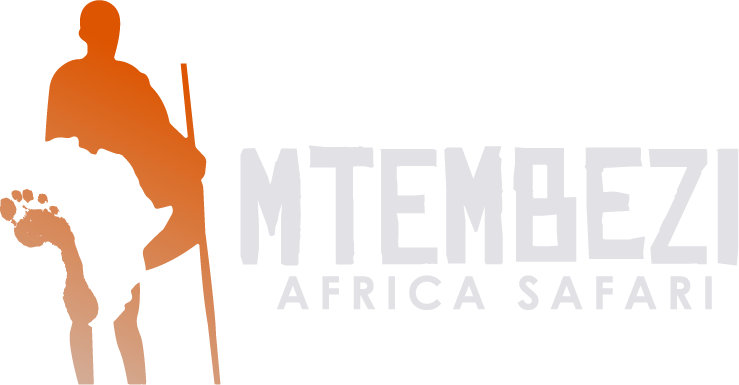Rongai Route
Rongai Route Overview
The Rongai Route is known for being the only route that approaches Mount Kilimanjaro from the north, near the Kenyan border. It offers a unique perspective on the mountain and is one of the less crowded routes, making it a great option for those seeking a quieter trek. Here’s a detailed overview:
Key Features:
-
Length and Duration:
- The route is approximately 72 kilometers (45 miles) long.
- Typically, the climb takes 6-7 days, with an optional extra acclimatization day.
-
Starting Point:
- The trek begins at the Rongai Gate, located at an altitude of about 1,950 meters (6,400 feet).
-
Major Campsites:
- Simba Camp: The first campsite, located at 2,600 meters (8,530 feet).
- Second Cave Camp: Situated at 3,450 meters (11,320 feet).
- Kikelelwa Camp: At 3,600 meters (11,811 feet), known for its scenic location.
- Mawenzi Tarn Camp: At 4,315 meters (14,160 feet), located at the base of Mawenzi Peak.
- Kibo Hut: The final camp before the summit push, located at 4,700 meters (15,420 feet).
-
Summit Attempt:
- The summit push starts from Kibo Hut around midnight.
- Climbers aim to reach Uhuru Peak (5,895 meters / 19,341 feet) by sunrise.
-
Descent Route:
- The descent is typically via the Marangu Route, providing a different perspective of the mountain.
Highlights:
- Less Crowded: The Rongai Route is less crowded compared to the southern routes, offering a more tranquil trekking experience.
- Gentler Gradient: The route has a gentler ascent profile, making it easier for climbers to acclimatize.
- Diverse Scenery: Climbers experience a variety of landscapes, including rainforest, moorland, and alpine desert.
Preparation and Considerations:
- Physical Fitness: Adequate physical preparation is essential due to the demanding nature of the climb.
- Altitude Sickness: While the gentler gradient helps with acclimatization, climbers should still be aware of altitude sickness symptoms and take appropriate measures.
- Gear and Equipment: Proper gear, including warm clothing, sturdy hiking boots, and a high-quality sleeping bag, is necessary.
- Guides and Porters: Hiring experienced guides and porters is mandatory and enhances safety and the overall experience.
Typical Itinerary:
- Day 1: Rongai Gate to Simba Camp
- Day 2: Simba Camp to Second Cave Camp
- Day 3: Second Cave Camp to Kikelelwa Camp
- Day 4: Kikelelwa Camp to Mawenzi Tarn Camp
- Day 5: Mawenzi Tarn Camp to Kibo Hut
- Day 6: Kibo Hut to Summit to Horombo Hut (via Marangu Route)
- Day 7: Horombo Hut to Marangu Gate
Route Advantages:
- Remote and Tranquil: The route’s less crowded nature offers a more peaceful and intimate trekking experience.
- Good for Acclimatization: The gentler gradient and longer itinerary provide better acclimatization opportunities.
- Unique Perspective: Approaching from the north offers unique and less-seen views of Kilimanjaro and the surrounding landscape.
The Rongai Route is ideal for climbers looking for a quieter and more gradual ascent with diverse scenery. Its unique approach from the north and less crowded trails make it a great choice for those seeking a more solitary and serene Kilimanjaro experience.
Top Pick Tanzania Tour Packages For You
Tanzania boasts Africa’s renowned parks, promising unforgettable luxury safaris. With expertly crafted itineraries, immerse yourself in the finest national parks for a tailored wildlife adventure.
